When you picture a coyote, you probably see him standing in some dusty, empty desert, but coyotes are found in every state, and not just in tiny, outlying towns or along empty highways chasing roadrunners. Coyotes are incredibly intelligent, adaptable creatures, and though they’re wary of humans, they’re also fond of eating what we throw out and are capable of surviving in urban environments – near our families and our pets.
You may feel safer living in a city with lots of people to keep coyotes away, but before you click away, look at this:
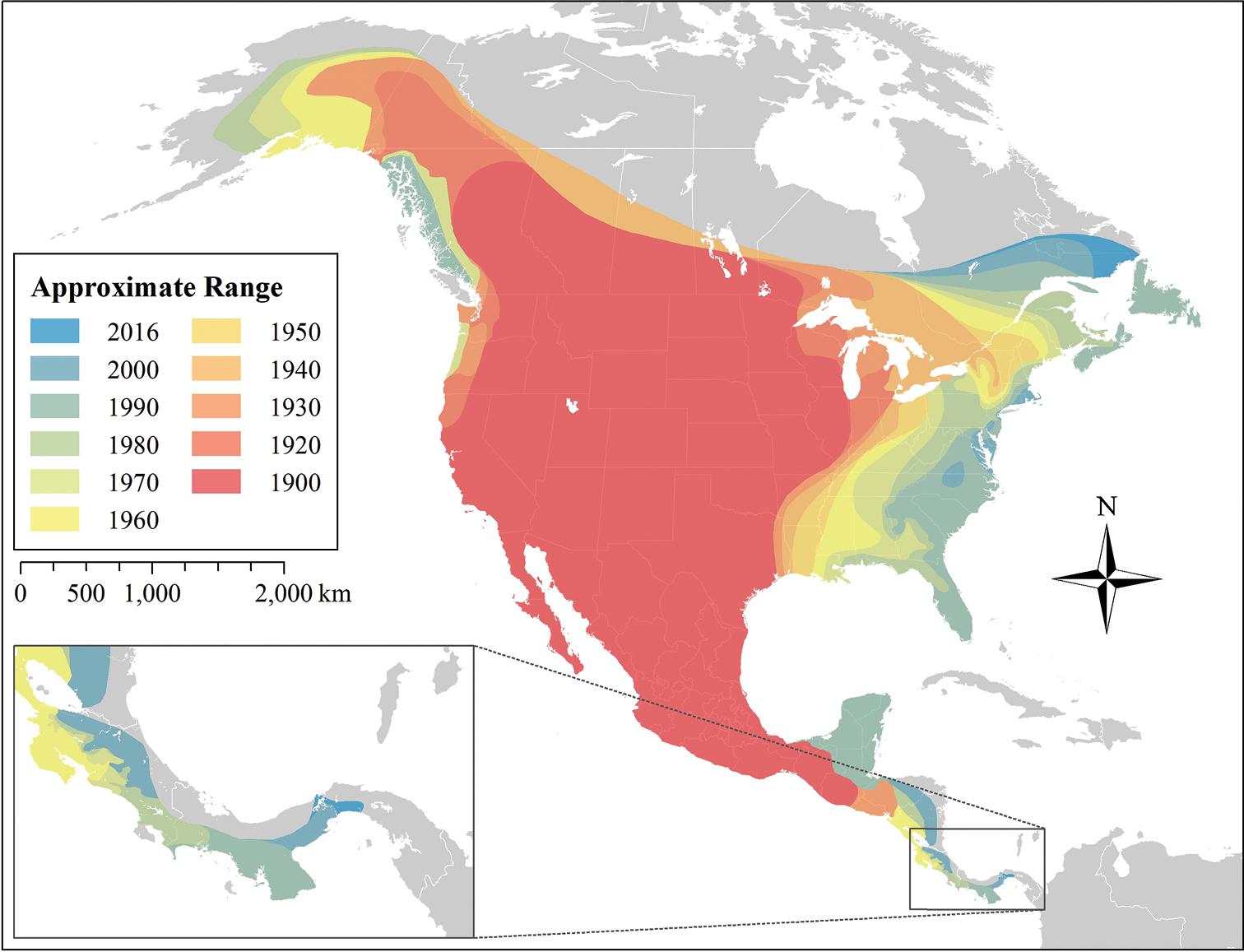
Coyotes are found all over North America, including major cities. As far north as Alaska, and all through Central America. They continue to adapt and spread all over the continent.
Coyote attacks on humans are very rare, but attacks on dogs have become more common in recent years. Destruction of coyotes’ natural habitat has caused a lot of their prey to move out of their hunting territories, but they’re known to attack small urban creatures we see every day, like squirrels, raccoons, birds and unfortunately, our dogs. You may not have seen any coyotes, but because they live in small spaces you wouldn’t think to look and are mostly active at night, you’re not likely to spot one. Because we never see them, we don’t give them much thought until an attack happens.
The best way to keep your pets safe is prevention. There are several things you can do to reduce the risk of a coyote attack.
1. No Walks At Night
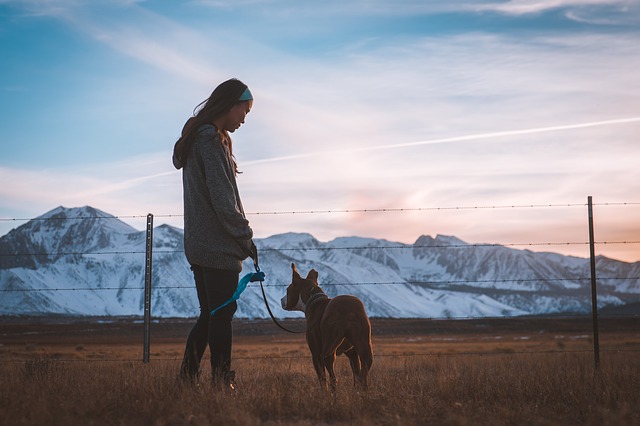
Coyotes spend most of their time in their dens – this could be a small hole in the ground, a crawlspace under a house, or an empty drainage pipe. But once the sun goes down, they become a lot more active and begin to roam and hunt. It’s best to keep your dog indoors at night, and if he needs to go out to do his business, accompany him into the yard, and then take him right back inside. Avoid walking your dog at night. You may not see a coyote, but if a coyote spots your dog, he might be hungry enough to attack even if you’re nearby.
2. Don’t Leave Food Out

If you keep a bowl outside for your dog or cats, it’s best to get rid of it. Leaving food and water out is inviting a coyote to come into your yard and make itself comfortable. Once a coyote knows where to find food he’s likely to return. If your dog is ever out in the yard when he comes back, he’s likely to leave the dry food in favor of a hunt. Keep food and water inside.
3. Don’t Leave Pets Out Alone

It can be tempting to go inside while your dog runs around your yard burning off energy, but it is important not to leave him alone outdoors – not even for a second. People who have witnessed coyote attacks on their dogs talk about how quickly it happens. Coyotes are known to carry off their prey, so a dog left alone could be there one moment and gone the next. Always stay with your dog when he is outdoors. Human presence is often enough to keep a coyote from attacking.
4. Know How To Haze Coyotes
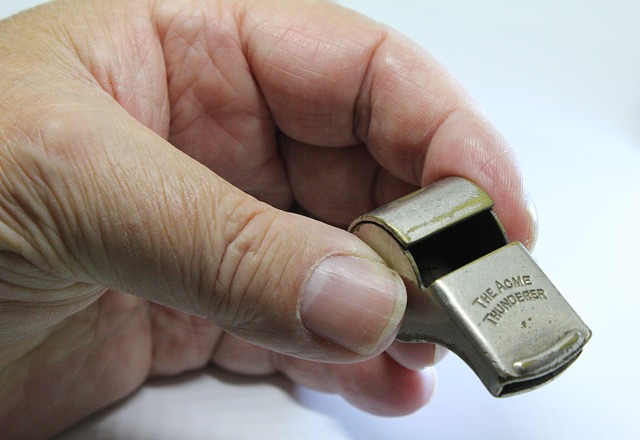
Some coyotes may be bolder. They may become more accustomed to seeing humans, or extreme hunger may drive them to be reckless. Therefore, you may need to do more than just look scary. It can help to carry a noisemaker like an airhorn, a loud whistle, or even a bicycle horn with you while you’re out with your dog. (This whistle at Amazon has a lanyard that makes it easy to keep with you, and is under $6.) If you spot a coyote, the noise may be enough to make him back off. Other people recommend carrying long-range water guns (like SuperSoakers) with diluted household ammonia or vinegar to keep them away. If the coyote doesn’t seem to be afraid of you, or isn’t backing off, throw sticks near it while backing off slowly. Get indoors as quickly and calmly as possible and report it to animal control.
5. Predator Vest™
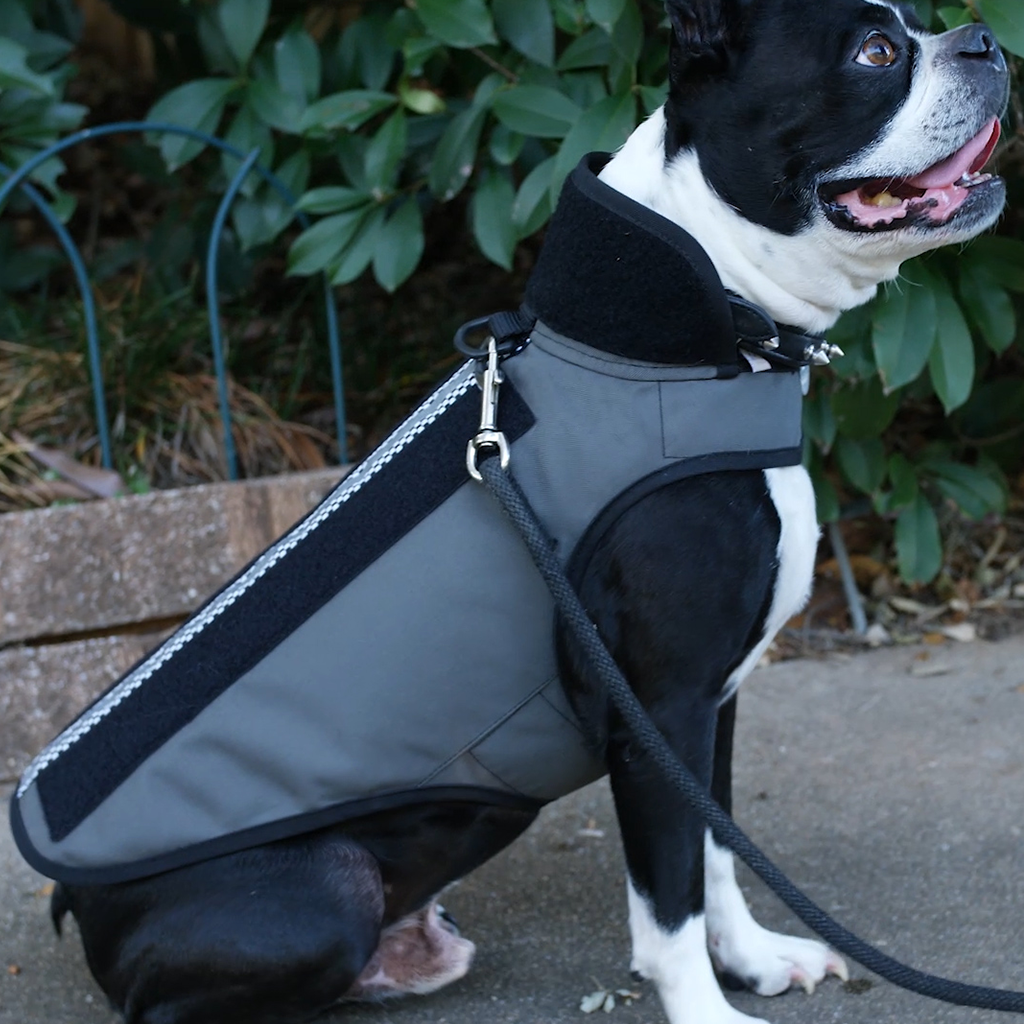
The Predator Vest™ protects the areas most likely to be targeted by a coyote attack – your dog’s neck and body. It is made with bite-resistant material that keeps a coyote from getting a hold of your pet and carrying him off or harming him. A leash can be clipped to the Predator Vest™, and it also includes a reflective stripe along the back. Don’t worry about your dog being uncomfortable – Predator Vest™ is flexible enough to allow him to move freely and do his business.
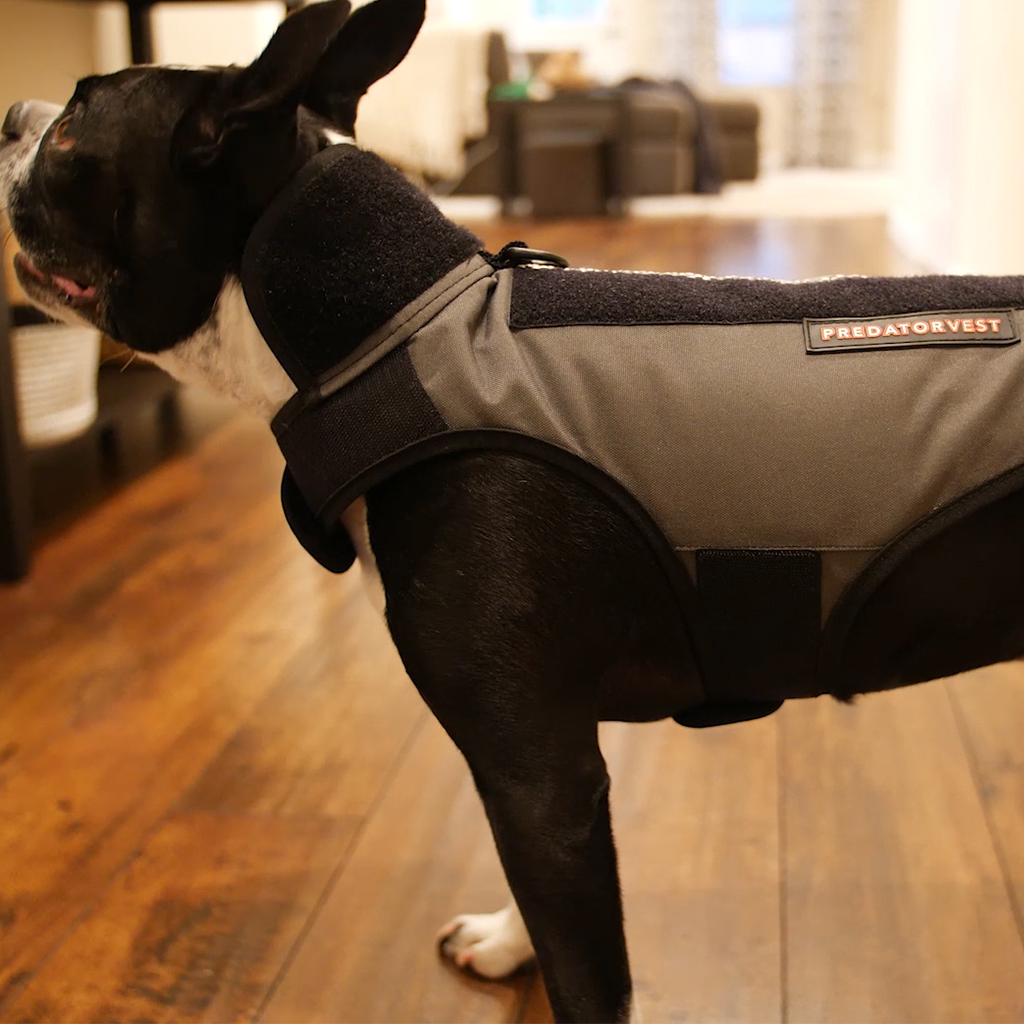
You may not always be able to spot a coyote in time to get your pet to safety, but while he’s wearing his Predator Vest™, you can rest a little easier. Though it’s made to help keep your dog safe, it won’t replace the safety your presence and supervision provides.
Prevention will always be the best course of action in keeping your pets and yourself safe. iHeartDogs will never endorse harming any living creature – including coyotes. Learn more about protecting your family by hazing coyotes at HumaneSociety.org.
 Toledo, United States.
Toledo, United States.